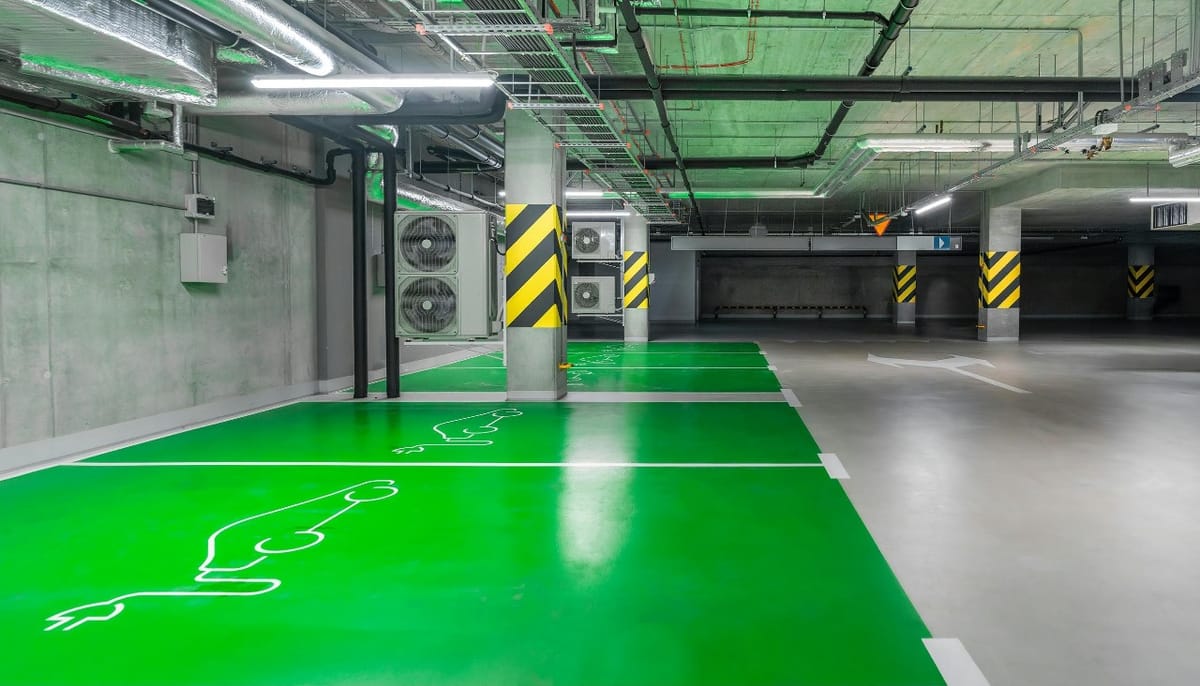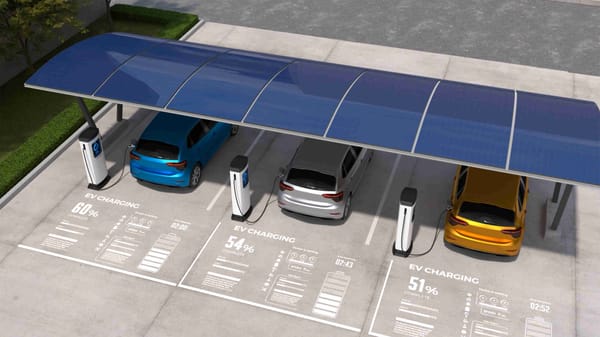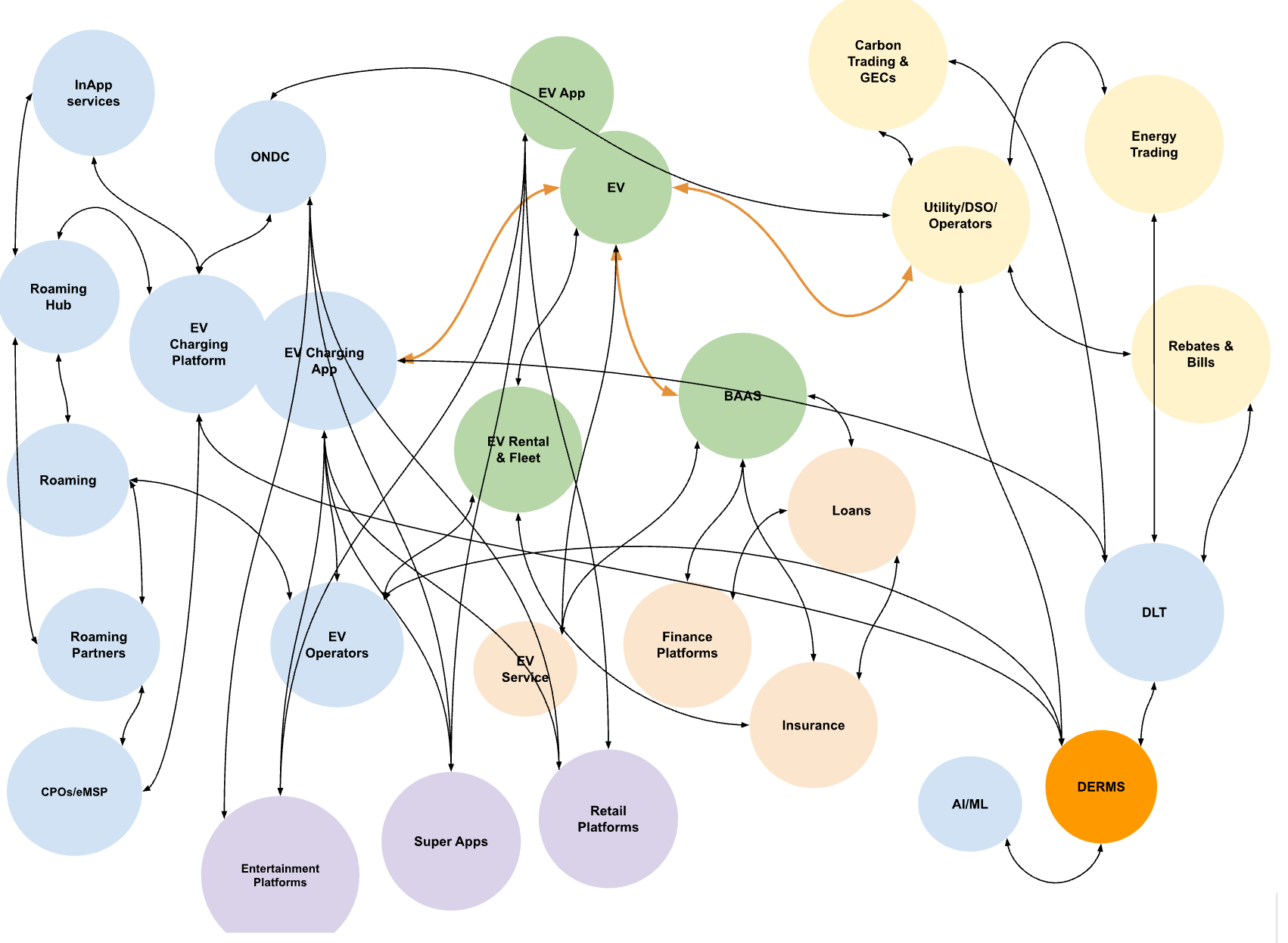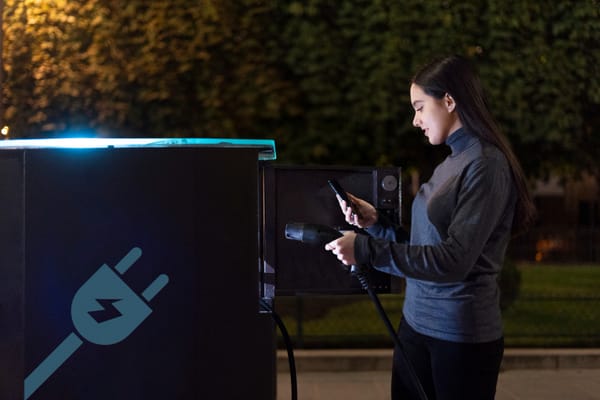Action Plan to Bring EV Charging to Your Residential Society

As electric vehicles (EVs) gain momentum in India, residential societies must embrace EV charging infrastructure to support the shift towards cleaner transportation. Setting up EV chargers in housing societies will not only meet the growing demand from EV-owning residents but also enhance property value and contribute to a sustainable future.
Below is a comprehensive action plan to help bring EV charging infrastructure to your residential society, adhering to the relevant guidelines from the Ministry of Power, Central Electricity Authority (CEA), and Bureau of Indian Standards (BIS), and making use of government incentives such as the FAME II Scheme.
- Create Awareness Among Residents
For an EV charging infrastructure to be successfully implemented in a residential society, it is crucial to create awareness among the residents about the benefits and importance of EVs. Societies can promote awareness in the following ways:
● Organize informative sessions to educate residents about:
○ The environmental benefits of switching to EVs.
○ The cost savings over time due to lower fuel and maintenance costs.
○ Government schemes and incentives under FAME II for purchasing EVs and setting up charging stations.
○ The increasing availability of public charging infrastructure across India.
● Provide insights on the reduced total cost of ownership (TCO) of EVs compared to traditional internal combustion engine (ICE) vehicles.
● Inform residents about the long-term advantages of adopting EVs, such as government policies promoting electric mobility and their role in reducing air pollution.
2. Assess the Need for EV Charging in Your Society
Before proceeding with the installation of charging stations, it is important to determine the demand within your residential society. Conduct a survey of residents to assess:
● The number of current EV owners in the society.
● How many residents are considering purchasing an EV in the next few years.
● Preferences for charging options (overnight, fast charging, etc.).
● Potential usage from visitors, delivery services, and other external vehicles.
Considering that EV adoption is expected to rise steadily in India, plan for at least 20-25% of parking spaces to be EV-ready in the long term, in line with the Ministry of Power’s guidelines.
3. Select the Right EV Chargers
Choosing the right type of EV chargers is critical to ensure that they meet the needs of your residents. Consider the following factors when selecting chargers:
3.1 Resident Demand
Start with AC chargers if the initial demand is low, and consider DC fast chargers for high-demand situations or future-proofing. A mixed approach is often recommended to accommodate different charging needs.
3.2 EV Models in Use
Understand the types of EVs that residents own or plan to purchase. Different vehicles have different charging requirements, so choose a combination of AC and DC chargers based on the vehicle models.
3.3 Cost Considerations
● AC chargers are typically more cost-effective and suitable for overnight charging.
● DC chargers are more expensive but offer faster charging, which may be necessary as demand increases.
3.4 Charging Time
Residents parking their vehicles overnight might not need fast charging, making AC chargers a good option. However, for quicker top-ups or shorter parking durations, DC chargers will be more appropriate.
3.5 Power Load Capacity
Ensure that the society’s current power supply (sanctioned load) can support the additional demand of EV chargers. While AC chargers may be supported by the existing load, DC chargers typically require a higher load, which may necessitate an upgrade. Coordinate with your DISCOM (distribution company) for any necessary adjustments.
4. EV Charger Types for Residential Societies
As per Central Electricity Authority (CEA) regulations, EV chargers in India are categorized into AC chargers and DC chargers. Here’s a breakdown:
4.1 AC Chargers
AC chargers supply alternating current (AC) to the EV, which the vehicle’s onboard charger converts to direct current (DC). These chargers are slower but more affordable for regular, long-duration charging.
● Normal AC Charging: Basic 15-amp plugs can be used, but this method is not recommended for regular use due to safety concerns and the lack of metering and billing mechanisms.
● Bharat AC Chargers: These are widely used in India and are affordable (around ₹50,000). They support up to 3 vehicles (3.3 kW each) and are suitable for both 2-wheelers and 4-wheelers.
● Fast AC Chargers (Type 2): Offering faster charging speeds (from 7.7 kW to 22 kW), these are ideal for newer EV models. However, they are more expensive (around ₹1,25,000).
4.2 DC Chargers
DC chargers provide direct current (DC) directly to the EV’s battery, allowing for much faster charging compared to AC chargers. However, these are more expensive and may require significant upgrades to the power infrastructure.
● Bharat DC Chargers: These are suitable for small and mid-range EVs, priced around ₹2,50,000.
● Level 2 DC Chargers: These are high-power chargers (ranging from 25 kW to 150 kW) that support modern EVs using standards such as CCS. They are more expensive (₹10,00,000+) but necessary for fast charging in high-demand environments.
5. Determine the Number of EV Chargers
Using the data from your resident survey, determine how many charging stations you’ll need to meet current and future demand. A good rule of thumb, according to Ministry of Power guidelines, is to install enough chargers to serve at least 20-25% of parking spaces initially, with the ability to expand as demand grows.
For optimal use, consider a mix of AC chargers for overnight charging and DC chargers for quick top-ups.
6. Identify Optimal Locations for Charging Stations
Careful planning of where to install the chargers is crucial for both cost efficiency and user convenience. Consider the following:
● Chargers should be located close to the electrical panel to minimize installation costs.
● Ensure that EV chargers are accessible to all residents and visitors, with proper signage.
● Dedicated EV parking spaces should be clearly marked.
● Plan for future expansion by pre-wiring additional parking areas, as retrofitting can be more expensive later.
7. Budgeting and Installing EVSE
While budgeting for EV charging stations, key factors to consider include:
● EVSE unit costs: AC chargers can range from ₹4,000 to ₹1,50,000, while DC chargers typically cost between ₹2,50,000 and ₹15,00,000.
Electrical upgrades: If the EV charging load exceeds the society’s current capacity, additional upgrades such as new meters or transformers may be required. Consult your local DISCOM
-Himanshu Bholanda (Product Manager-DC Chargers)




